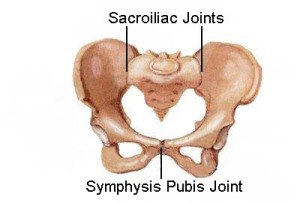We’ve all heard many times, from many different sources,
it’s important to stretch! We all have muscles that become stiff and tight and
benefit from a regular stretching routine in order to keep ourselves loosened
up and prevent pain. But what can we do when, after stretching faithfully, day
after day, we still find ourselves with tightness in specific muscle groups?
How do we deal with ever tight hamstrings or shoulders that just won’t relax?
That’s when a technique known as Proprioceptive Neuromuscular Facilitation, or
PNF for short.
PNF is a type of advanced flexibility training involving a
combination of stretching and contraction of muscles. PNF is performed with
assistance from a partner. It is best to use PNF after completing a work out or
performing some type of physical activity in order to warm up the muscle
tissues. Any type of stretching is more effective if performed on warm muscles.
PNF stretching is done by having a partner help to place
tight muscles into a stretched position, then contracting the muscle for 5-6
seconds against resistance from the partner. The muscles are then relaxed while
the partner applies a controlled stretch for about 30 seconds. The muscle is
allowed to rest for 30 seconds and the entire process is repeated 2-4 times. By
using PNF stretching after physical activity 3-4 times a week it is possible to
increase the length of tight muscles.
References:
Brad Walker (2009); The Stretching Handbook





